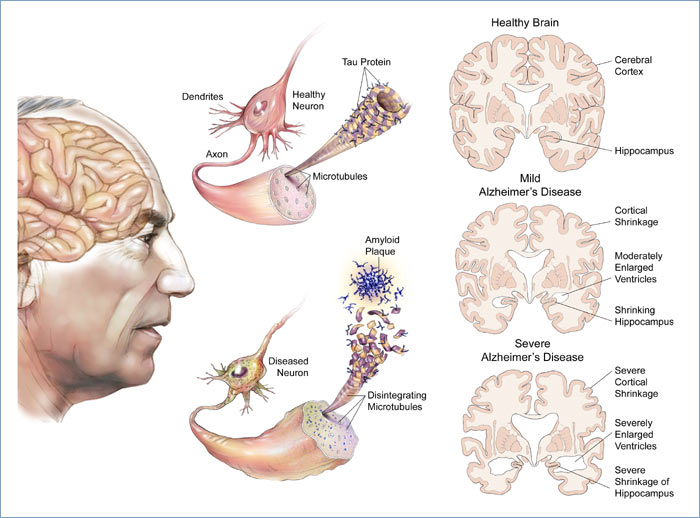Neurology Anatomy Physiology
Aprial 24, 2020
Altered States part2
neurotransmitter
The Brain & Spinal Cord
Cranial Nerves
Peripheral Nervous System
Autonomic Nervous System
Senses:Eye diagrams,Hearing,Smell,Taste, Taste & Tongue Sensation,Balance
Memory , Memory types, Creation of Memory,
Higher Functions
Altered States
[Top]
Altered States part 2
I
Figure 38 Fantasy
[view large image]
fantasies that involves inflicting pain to themselves or
others (such as to the cat in Figure 38) claim that they feel compelled to act them out. Sometimes people with
less extreme fantasies also choose to turn them into
realities such as in the form of cross dressing.&

Figure 39 Drug Addiction
[view large image]
have been used medicinally at some time for their
pain-killing properties. They are used illegally for
similar reasons: heroin gives the user a "high",
reducing anxiety and producing a sense of temporary
well-being. schizophrenia relapse, perhaps due to the high levels of stress they engender. The disease is frequently accompanied
by paranoia and delusions. Some may experience extremely bizarre hallucinations. Ironically, while some areas of the
schizophrenic brain may be dead, in other ways the sufferers brain is overactive. Most schizophrenics appear
to have an excess of dopamine in the brain, the neurons become overloaded and relay inappropriate messages (see
Figure 40 for a modern view). Lack of activity in the frontal lobes is a feature of states of mind in which
consciousness is disturbed. This might account for the states common reduction in planned or spontaneous behavior
and social withdrawal. The anterior cingulate cortex - thought to distinguish between external and internal stimuli
- is also underactive (Figure 33), which
may be one reason schizophrenics confuse their own thoughts
with outside voices.
schizophrenia relapse, perhaps due to the high levels of stress they engender. The disease is frequently accompanied
by paranoia and delusions. Some may experience extremely bizarre hallucinations. Ironically, while some areas of the
schizophrenic brain may be dead, in other ways the sufferers brain is overactive. Most schizophrenics appear
to have an excess of dopamine in the brain, the neurons become overloaded and relay inappropriate messages (see
Figure 40 for a modern view). Lack of activity in the frontal lobes is a feature of states of mind in which
consciousness is disturbed. This might account for the states common reduction in planned or spontaneous behavior
and social withdrawal. The anterior cingulate cortex - thought to distinguish between external and internal stimuli
- is also underactive (Figure 33), which
may be one reason schizophrenics confuse their own thoughts
with outside voices.
Figure 40 Schizophrenia
[view large image]
Recently in 2006, it is found that those with mutations in the PCM1 gene had a significantly lower volume of grey matter in their orbitofrontal cortex resulting in poor judgement, inappropriate social behaviour and not keeping themselves clean. PCM1 plays a role in cell division, which in the brain occurs more actively at adolescence - an age at which schizophrenia is commonly diagnosed.
 declines. As Alzheimers disease spreads through the
cerebral cortex, judgment declines, emotional outbursts may
occur and language is impaired. Progression of the disease
leads to the death of more nerve cells and subsequent
behavior changes, such as wandering and agitation. The
ability to recognize faces and to communicate is completely
lost in the final stages. Patients lose bowel and bladder
control, and eventually need constant care. This stage of
complete dependency may last for years before the patient
dies. The average length of time from diagnosis to death is
4 to 8 years, although it can take 20 years or more for the
disease to run its course.
declines. As Alzheimers disease spreads through the
cerebral cortex, judgment declines, emotional outbursts may
occur and language is impaired. Progression of the disease
leads to the death of more nerve cells and subsequent
behavior changes, such as wandering and agitation. The
ability to recognize faces and to communicate is completely
lost in the final stages. Patients lose bowel and bladder
control, and eventually need constant care. This stage of
complete dependency may last for years before the patient
dies. The average length of time from diagnosis to death is
4 to 8 years, although it can take 20 years or more for the
disease to run its course.
Figure 41 Alzheimers Disease
[view large image]
 experiences. There have been thousands of reports of
near-death experiences, many noting the same types of
sensations. Subjects feel as though they have left their
bodies. Some people report travelling down a tunnel toward a
bright light (Figure 42), where benevolent presences wait.
Scientists have been unable to explain them conclusively.
Some physiologists have suggested that hypoxia, or low
oxygen levels in the brain, might cause a consistent pattern
of hallucination in all sufferers. Other scientists argue
experiences. There have been thousands of reports of
near-death experiences, many noting the same types of
sensations. Subjects feel as though they have left their
bodies. Some people report travelling down a tunnel toward a
bright light (Figure 42), where benevolent presences wait.
Scientists have been unable to explain them conclusively.
Some physiologists have suggested that hypoxia, or low
oxygen levels in the brain, might cause a consistent pattern
of hallucination in all sufferers. Other scientists argue
Figure 42 Vision
[view
large image]
that the experience stems from an acute bout of "REM
intrusion" into the partially awakening state (in time
of extreme stress) similar to narcolepsy - a
neurological disorder characterised by uncontrollable
bouts of sleep that can cause elaborate hallucinations
and, sometimes, out-of-body experiences.¶The challenge of finding an ideal model animal in which a physical basis of memory formation might be revealed was taken up in the 1960s byE. R. Kandel, who eventually received the Nobel Prize in Physiology or Medicine in 2000 for his efforts on investigating the nervous system with Aplysia. The Aplysia did not share the prize, but his daughter Minouche at the age of seven has written a poem to enshrine the animal:
 An aplisa is like a squishy snail.
An aplisa is like a squishy snail.In rain, in snow, in sleet, in hail.
When it is angry, it shoots out ink.
The ink is purple, its not pink.
An aplisa cannot live on land.
It doesnt have feet so it cant stand.
It has a very funny mouth.
And in winter it goes to the south.
[view large image]Search
alternatives treatment of autoimmune disease read our e-bookPowered by cidpusa.org